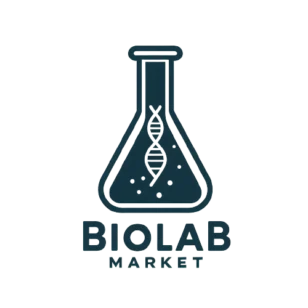- sales@biolabmarket.com
- +1 (469) 819-5592
Algae Drying
If you’re considering purchasing an algae dryer or seeking more in-depth information on the subject, this article is highly recommended. Here, we’ll introduce various methods of drying algae and review the most effective solution—the freeze dryer—to help you produce a high-quality product with maximum nutritional value and market potential.
Why Is Algae Drying Important?
Just a few years ago, drying algae may have seemed unusual. However, today it’s a critical step in the processing and preservation of algae. Scientific research has shown that dried algae are rich in nutrients such as vitamins, minerals, carbohydrates, carotenoids, and essential fatty acids like Omega-3 and Omega-6.
Properly drying algae not only helps preserve these nutritional properties but also extends shelf life and opens the door for both domestic and international markets.
Common Algae Drying Methods
1. Traditional Sun Drying
In traditional methods, algae are washed and spread on clean cloths or mesh trays to dry under the sun. While low-cost and simple, this method is time-consuming (taking several days) and can result in reduced product quality due to exposure to dust and environmental contaminants.
2. Hot Air Drying
This method uses thermal drying machines that blow warm air (usually between 40°C and 60°C) over the algae. It significantly reduces drying time and better preserves color and nutrients compared to sun drying.
3. Freeze Drying (Lyophilization)
The most advanced and efficient method for drying algae is freeze drying. In this process, algae are first frozen at around -40°C. Then, using a vacuum pump, the water is removed through sublimation—turning directly from ice into vapor without passing through a liquid phase.
The result? A lightweight, fully dried product that retains its nutritional and medicinal properties. Freeze drying also significantly enhances color retention and pigment stability in algae.
Nutritional Properties of Edible Algae
Edible algae, especially popular in many Asian countries, are recognized as a powerhouse of essential nutrients and are widely used in various diets:
Vitamins: K, E, C, A
Minerals: Iodine, Iron, Magnesium, Calcium, Potassium, Phosphorus, Zinc
High Protein Content: Particularly in species like Spirulina and Chlorella, which are extensively used in the nutritional supplement industry.
Algae Dryer Machines
Algae drying machines are available in various capacities and designs, catering to different needs—from home-scale to industrial production. These machines utilize modern technologies and high-quality components to dry large quantities of algae in a short amount of time.
Key Features Include:
Humidity Sensors and Temperature Control: Ensures consistent and precise drying.
Flat, Mesh-Free Trays: Helps maintain the delicate structure of algae.
Indirect Heating Systems: Prevents damage to the algae’s texture and nutrients.
Scalable Use: Suitable for home, workshop, semi-industrial, and fully industrial applications.
Algae Dryer Machine Price
The cost of an algae drying machine depends on several factors, including capacity, technical features, ventilation system, type of dryer (hot air or freeze dryer), and brand. Generally, home or small workshop models are more affordable and ideal for limited-scale production. Industrial models are more expensive but designed for high-volume processing with advanced features.
Conclusion
Drying algae is a delicate and specialized process. With the right method and equipment, it can lead to the production of a high-value product rich in nutrients and commercial potential. Whether you’re entering this industry or looking to upgrade your processing system, we strongly recommend using a freeze dryer. It consistently delivers superior results compared to traditional or thermal drying methods.
For expert advice or to purchase an algae drying machine, feel free to contact us.
